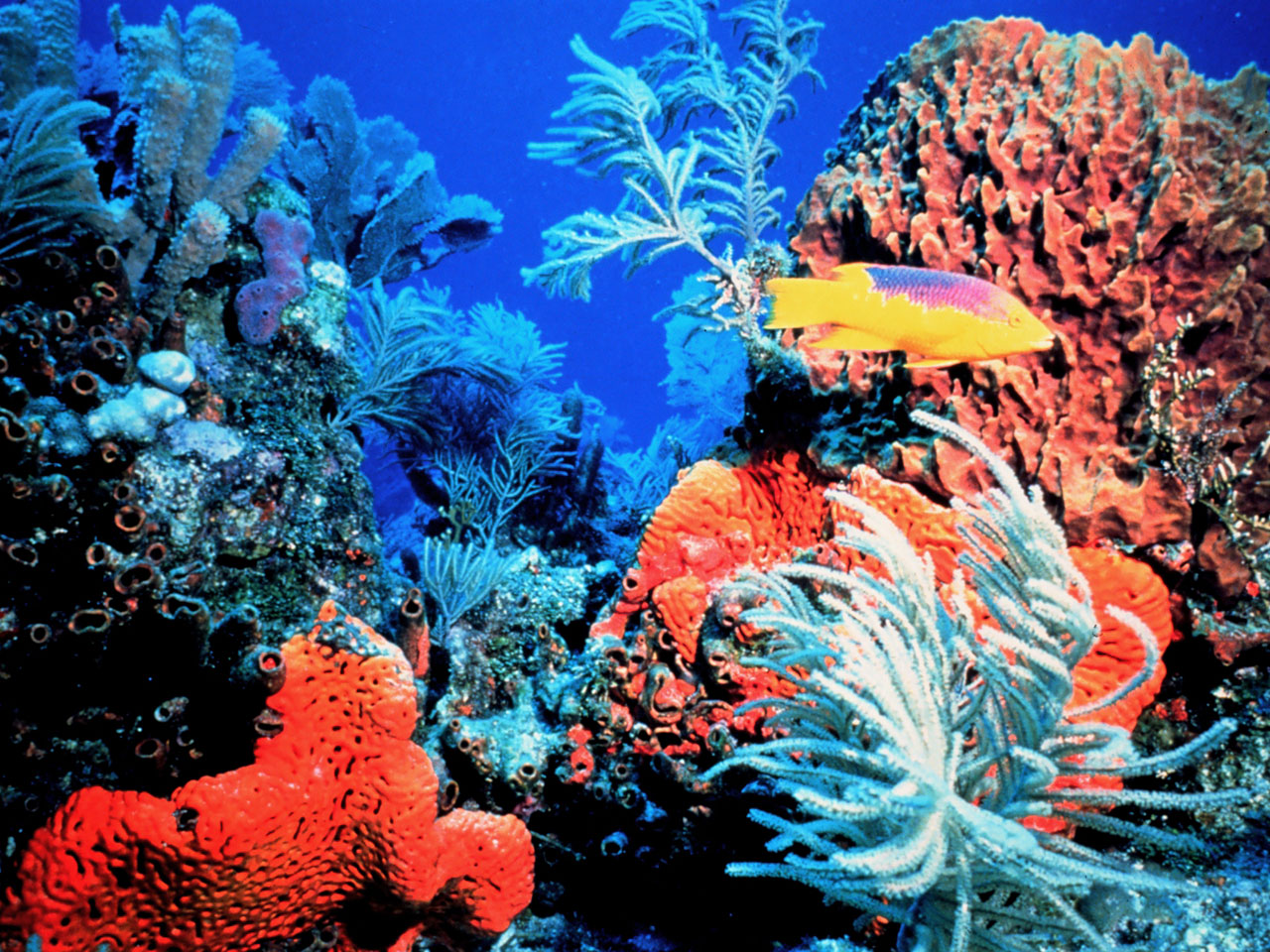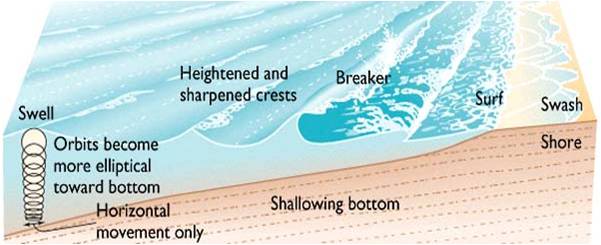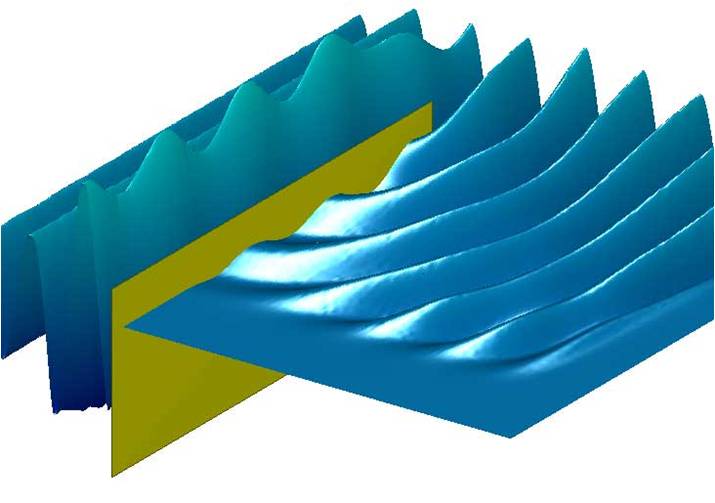 |
COASTAL
SUSTAINABILITY IN THE FLORIDA KEYS Jennifer Hesson & Matt Williams December 22, 2007 University of Wisconsin - Madison CEE 514: Coastal Engineering |
| Home |
Background |
Problems |
| Wave
Transformations |
Coastal
Protection Devices |
Proposal |
Shoaling
As the water becomes more shallow as it reaches the coast, the waves slow down and become closer together and steeper.
There are many effects to shoaling, most importantly: energy dissipation and sediment transport.
The gradual shallowing of the seabed allows the energy in waves to slowly dissipate. Therefore, waves are not as aggresive when they reach the shoreline. If a coastal structure were placed at the shoreline that created an abrupt stop for the waves, energy dissipation would be more extreme.
Since shoaling involves the effects that waves have with the bottom of the seabed, sediment transport is a big issue. The wave's energy dissipation occurs because of friction with the shallowing bottom. This will cause sediments to be suspended in the water, and released once the energy dissipates.
Shoaling is a natural process, and human interference with coastal areas has created unnatural slopes and bluffs, and encouraged sediment transport with alterations to the coastline.

Refraction
Refraction occurs when the direction of a wave changes with the bottom contours as the wave approaches the coastline.
Please refer to the following link for an animation demonstrating how refraction occurs and effects our coastlines. Select "Wave Refraction" and "Show Coastal Erosion."
Refraction Animation
As seen in the
animation, refraction can play a large part in coastal erosion and
sediment transport. Like shoaling, refraction is a natural
process. As an extrusion from the coastline is gradually eroded,
the sediments are brought onto areas on either side of the extrusion,
creating beaches. This erosion will continue until the coastline
is uniform.

Diffraction
Diffraction is one of the most important areas to explore when
designing a coastal structure because it involves the change in wave
propogation due to the presence of obstacles. When designing a
coastal structure, an engineer must look at how wind and waves may
approach the barrier. Then, it is necessary to examine the
effects that the barrier has on wave speed and energy in the target
area.
